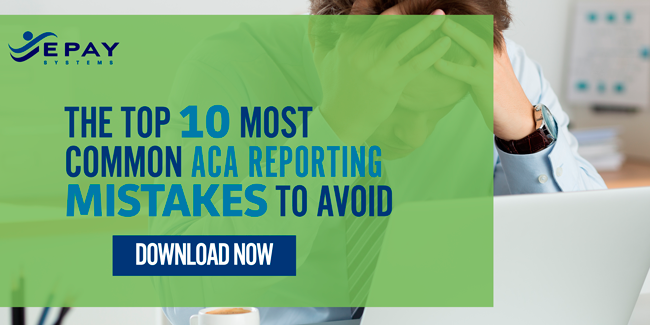What Is The ACA Waiting Period?
The Affordable Care Act (ACA) mandates that employers cannot wait more than 90 calendar days to offer health insurance coverages to eligible employees. This is called the 90-day waiting period limitation.
The discussion below is intended to help employers understand this limitation—however, please keep in mind that compliance with the waiting period rules is not determinative of compliance with other ACA provisions (such as pay or play).
ACA Waiting Period Defined
A waiting period is the period of time that must pass before coverage for an employee or dependent who is otherwise eligible to enroll becomes effective. Being "otherwise eligible" for coverage means having met the plan's substantive eligibility requirements (for example, being in an eligible job classification or satisfying a reasonable and bona fide employment-based orientation period).
The ACA 90-Day Waiting Period Limit Rules
After an individual is determined to be otherwise eligible for coverage, he or she cannot wait more than 90 days before coverage is effective. All calendar days are counted for purposes of the 90-day limit, including weekends and holidays, beginning on the individual's enrollment date. For example, if a group health plan provides that full-time employees are eligible for coverage, and Employee A begins employment as a full-time employee on January 19, Employee A's coverage must become effective no later than April 19 (assuming February lasts 28 days).
Affordable Care Act Eligibility Rules
Conditions for eligibility under the terms of a group health plan are generally permissible, unless the condition is designed to avoid compliance with the 90-day waiting period limitation. Federal regulations provide the following guidelines regarding two specific conditions for eligibility:
- Cumulative Service Requirements: If a group health plan conditions eligibility on an employee’s number of cumulative hours worked, the eligibility condition is considered in compliance with the 90-day waiting period limitation if the cumulative hours-of-service requirement does not exceed 1,200 hours.
- Orientation Periods: An orientation period is permitted only if it does not exceed one month, and the 90-day waiting period must begin on the first day after the orientation period. (Note: applicable large employers may not be able to impose the full one-month orientation period and the full 90-day waiting period without potentially becoming subject to pay or play penalties).
- For this purpose, one month is determined by adding one calendar month and subtracting one calendar day, measured from an employee's start date in a position that is otherwise eligible for coverage (or, if there is not a corresponding date in the next calendar month, the last day of the next calendar month). For example, if an employee's start date is May 3, the last permitted day of the orientation period is June 2.
Be sure to check the U.S. Department of Labor's 90-day waiting period limitation webpage for the latest guidance.
Affordable Care Act Penalties For Noncompliance
It’s crucial for businesses to meet all ACA reporting requirements. Failure to meet reporting deadlines can be costly for both large and small businesses since fines incurred are counted per return that’s late or missing. Having a reliable management and reporting software system can be of great benefit for companies to maintain ACA compliance.
EPAY’s Affordable Care Act Management Solution
Avoid the headache of ACA management and reporting, and let EPAY Systems handle it! We offer a special ACA Compliance and Reporting package to help you avoid common ACA mistakes – like exceeding the ACA 90-day waiting period.
Our compliance and reporting package includes:
- Unified time & attendance, payroll, and benefits technology
- Track employee hours, all wages and benefits information.
- Comprehensive ACA Reports
- Including: Applicable Large Employer report, Affordability test, our unique ACA employee eligibility predictor tool, employee classification analysis and variable hour employees monitoring.
- Real-time alerts
- Get alerted when employees are approaching the 30-hour threshold, so you know who to schedule for the next shift.
- A dedicated ACA specialist
- Never fall behind! Our ACA specialists who will monitor your compliance and review your reports and employee eligibility status on an ongoing basis.
- Forms 1094-C and 1095-C Filing
- Ensure accurate completion and filing of your ACA forms with self-auditing capabilities for quality assurance.
Affordable Care Act (ACA) Compliance Software With EPAY
Accurately manage your employees and their health insurance through EPAY’s ACA management solutions and maintain compliance. Contact us to learn more about EPAY’s ACA Compliance and Reporting package!

